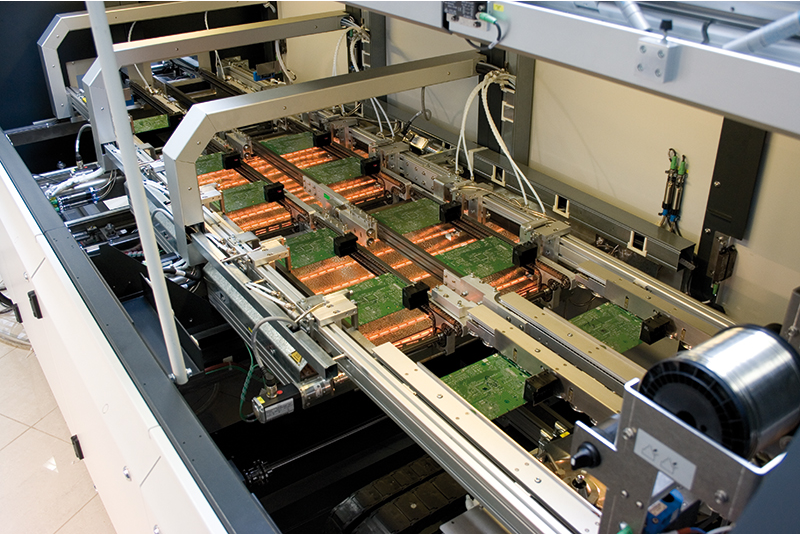Reasons and solutions for non melting of lead-free reflow solder paste
Release time:2024-04-19Publisher:Jeenoce
Lead free reflow soldering often sees SMT components that are prone to component deviation or loss. The reasons for this are twofold: on the one hand, trace amounts of solder paste are prone to drying out, and on the other hand, the quality of solder flux in lead-free solder paste is also an important factor. Therefore, it is also necessary to choose a suitable lead-free solder paste through testing. Lead free reflow soldering paste often has non melting defects, which can cause the solder paste to not melt after lead-free reflow soldering. JEENOCE will share the following:

1. Compared to large pieces of solder paste, trace amounts of solder paste in SMT components are less likely to melt together during lead-free reflow soldering. The surface area of trace solder paste in contact with air is larger than that of bulk solder paste. So the flux of trace amounts of solder paste is not easy to cover the metal particles, nor can it fully protect the metal particles from oxidation in the insulation area of reflow soldering. Once metal particles are partially oxidized, their melting point will be much higher than that of unoxidized metal particles, making it difficult to melt them together in the melting zone of reflow soldering.
2. From the perspective of heat transfer, during the initial heating and insulation stages of lead-free reflow soldering, trace amounts of solder paste are prone to heat transfer, resulting in a rapid increase in temperature. High temperature enhances the dissolution of metal particles, which also leads to poor melting. In actual reflow soldering, many solder pastes can be used in ordinary SMT surface mount production, but they cannot be used in the soldering process of components because they cannot melt well.
3. The melting point and oxidation activity of lead-free reflow solder paste are higher than those of lead-containing solder paste, which increases the difficulty of normal melting in the process.
4. The poor quality of reflow soldering is caused by the difficulty of temperature rise near IC devices with high thermal capacity. At this point, reflow soldering can be observed with the naked eye, and the brightness of the solder joints after melting the lead-free solder paste is poor, with many flying beads, sometimes like tofu residue, and the surface is rough and irregular.

